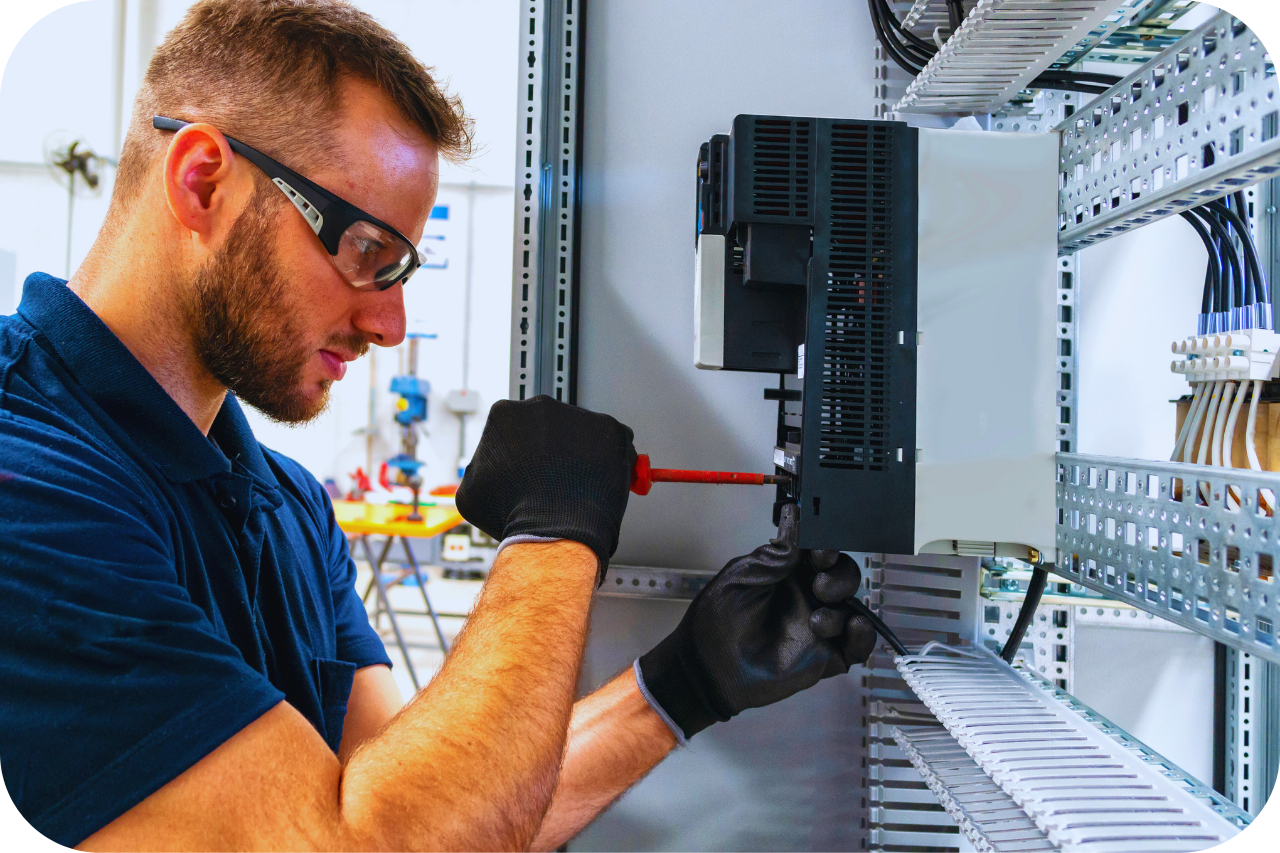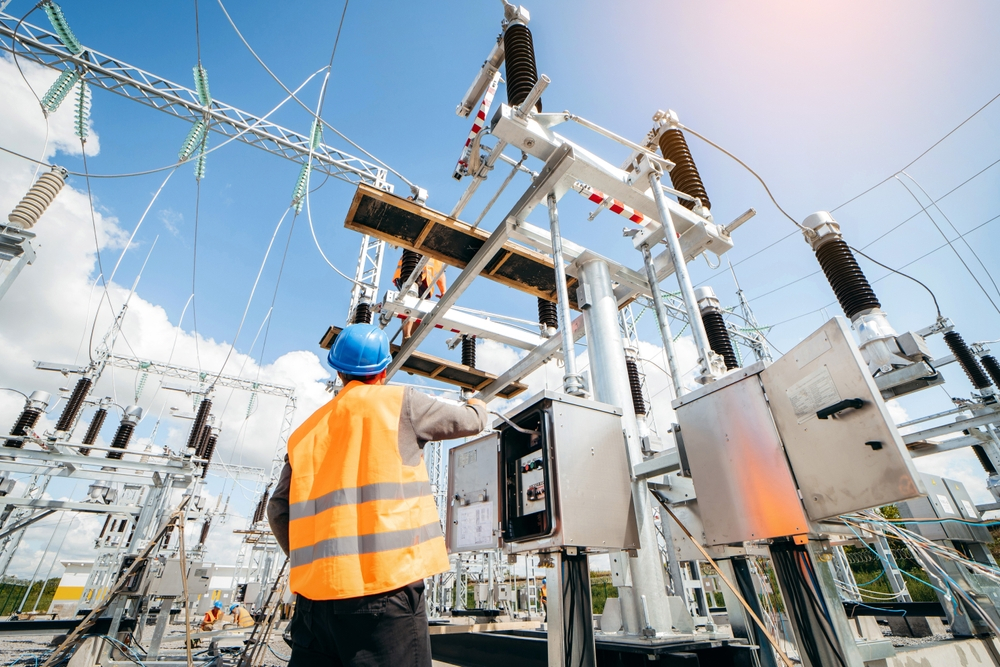The Basic Principles Of Roar Solutions
The Basic Principles Of Roar Solutions
Blog Article
8 Simple Techniques For Roar Solutions
Table of ContentsThe Of Roar SolutionsRoar Solutions Things To Know Before You Get ThisExcitement About Roar Solutions
In order to secure installations from a prospective explosion a technique of analysing and classifying a potentially unsafe location is required. The purpose of this is to guarantee the proper selection and installation of devices to ultimately avoid an explosion and to make sure security of life.
(https://urlscan.io/result/8b06a2f1-9edb-4076-8512-31003b1bcc3a/)
No equipment should be set up where the surface area temperature of the tools is greater than the ignition temperature level of the provided danger. Below are some usual dirt dangerous and their minimal ignition temperature level. Coal Dust 380C 225C Polythene 420C (melts) Methyl Cellulose 420C 320C Starch 460C 435C Flour 490C 340C Sugar 490C 460C Grain Dust 510C 300C Phenolic Material 530C > 450C Aluminium 590C > 450C PVC 700C > 450C Residue 810C 570C The probability of the risk existing in a focus high adequate to trigger an ignition will certainly vary from place to area.
Hazardous area electrical equipment maybe developed for use in greater ambient temperature levels. Field Repair Work By Authorised Personnel: Difficult screening may not be needed nevertheless specific procedures may need to be followed in order for the tools to maintain its third party rating. Each piece of tools with a dangerous ranking need to be assessed individually.
The Of Roar Solutions
The equipment register is a comprehensive database of tools documents that includes a minimum set of fields to identify each thing's place, technical specifications, Ex lover classification, age, and environmental data. The ratio of Detailed to Close assessments will be established by the Tools Threat, which is evaluated based on ignition risk (the possibility of a resource of ignition versus the likelihood of a flammable atmosphere )and the unsafe location category
( Zone 0, 1, or 2). Implementing a robust Risk-Based Inspection( RBI )approach is vital for making sure compliance and safety and security in handling Electric Devices in Hazardous Locations( EEHA).
Our Roar Solutions PDFs

In terms of eruptive risk, a dangerous area is a setting in which an explosive atmosphere is present (or may be anticipated to be present) in quantities that call for unique safety measures for the building and construction, installment and use tools. hazardous area electrical course. In this post we explore the difficulties faced in the workplace, the risk control actions, and the required competencies to work securely
These substances can, in specific conditions, create eruptive environments and these can have significant and tragic consequences. Many of us are familiar with the fire triangular eliminate any kind of one of the three elements and the fire can not take place, yet what does this mean in the context of hazardous areas?
In many circumstances, we can do little regarding the levels of oxygen in the air, however we can have considerable influence on sources of ignition, as an example electrical devices. Unsafe locations are recorded on the hazardous location category illustration and are recognized on-site by the triangular "EX-SPOUSE" indicator. Below, among other look what i found essential info, zones are split into three types depending on the hazard, the possibility and duration that an explosive environment will certainly exist; Area 0 or 20 is regarded the most unsafe and Zone 2 or 22 is deemed the least.
Report this page